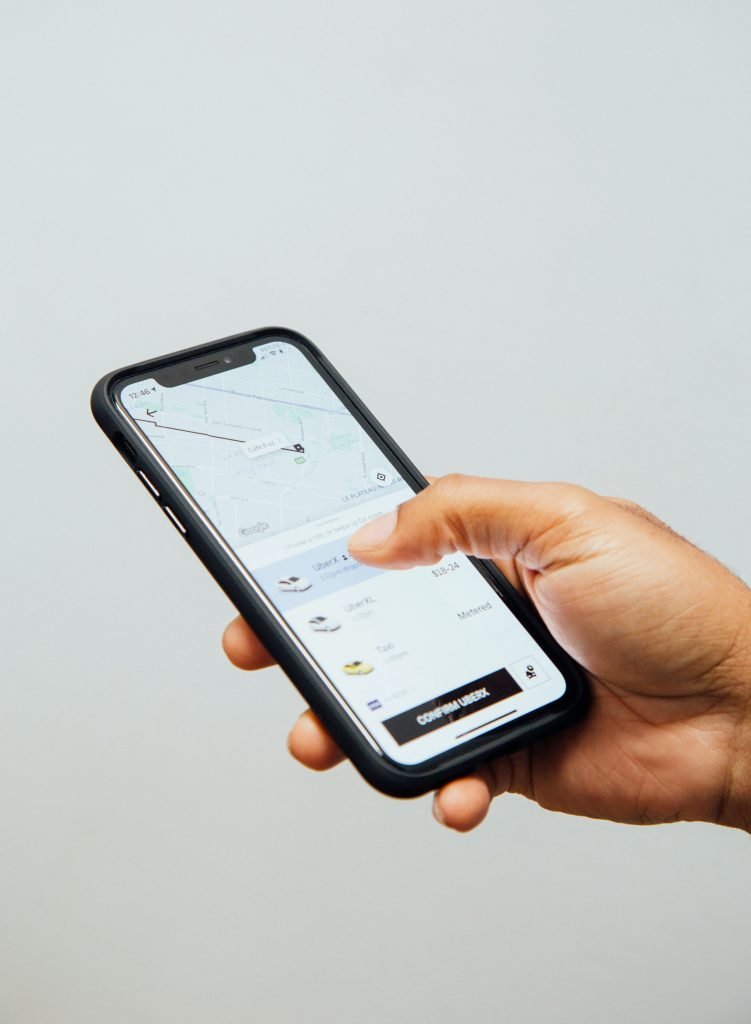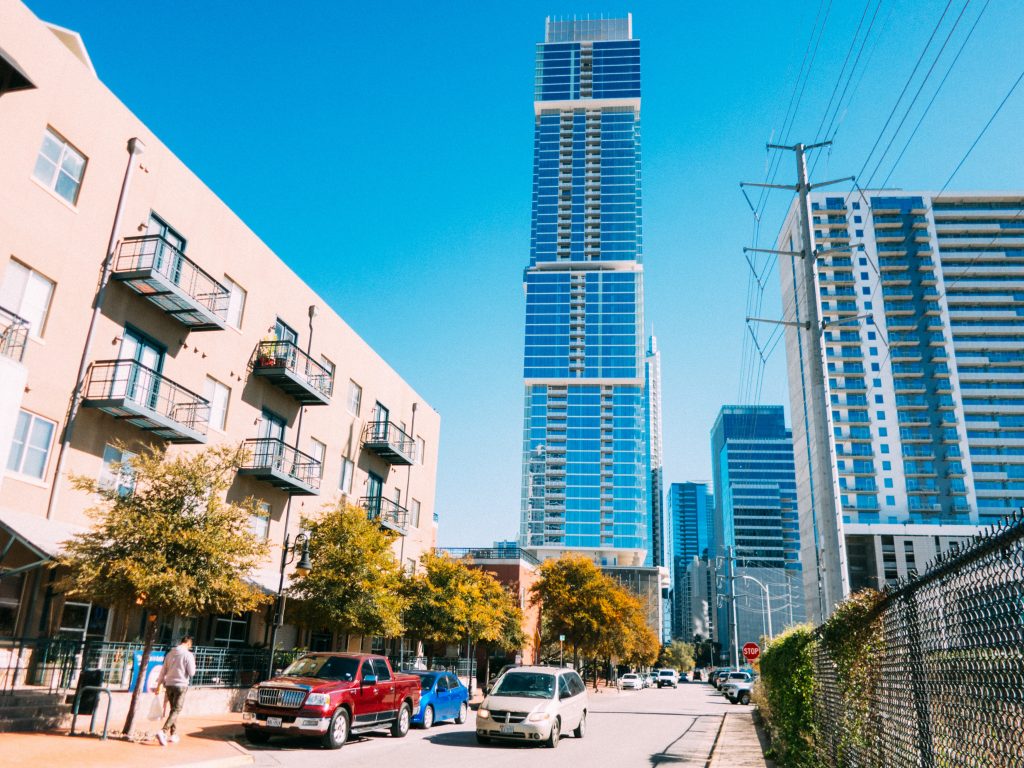Impacts of the Built Environment on Ridesharing
Doctoral student Haitao Yu and Dr. Zhong-Ren Peng determined the impacts of land use and transportation infrastructure on ridesharing in Austin, TX.
Common ridesharing services. Photo by Thought Catalog on Unsplash.
August 21, 2019
Yu, Haitao and Zhong-Ren Peng, “The impacts of built environment on ridesourcing demand: A neighborhood level analysis in Austin, Texas,” Urban Studies, First Published August 20, 2019 (https://journals.sagepub.com/doi/full/10.1177/0042098019828180)(https://doi.org/10.1016/j.jtrangeo.2019.102502)
Ridesharing allows users to request a ride at any locations in real time through smartphone applications. Transportation network companies (TNCs), such as Uber and Lyft, quickly respond to the request and dispatch drivers nearby within minutes. Because of the flexibility, short waiting times, as well as other service advantages, recent years have seen an explosive growth in TNC or ridesharing demand in many cities.

The paper addresses how the built environment affects ridesharing use, including land uses, transit, etc. Despite the explosive growth of ridesharing and its transformative impacts on mobility, limited studies have examined the contributing factors to ridesharing use.
The study employed structural equation modeling to account for the complex relationships among variables, and investigated the impacts at census block group level by using RideAustin data in Austin, Texas.
This study found that population density, land use patterns, and transportation infrastructure, particularly commuter rail, have significantly affected ridesourcing demand. The paper also shows various time-of-day demand patterns.
The paper uncovered the relationships between various dimensions of built environment and ridesourcing demand. It has important implications in ridesharing decision making for policy makers and travel demand modeling.
